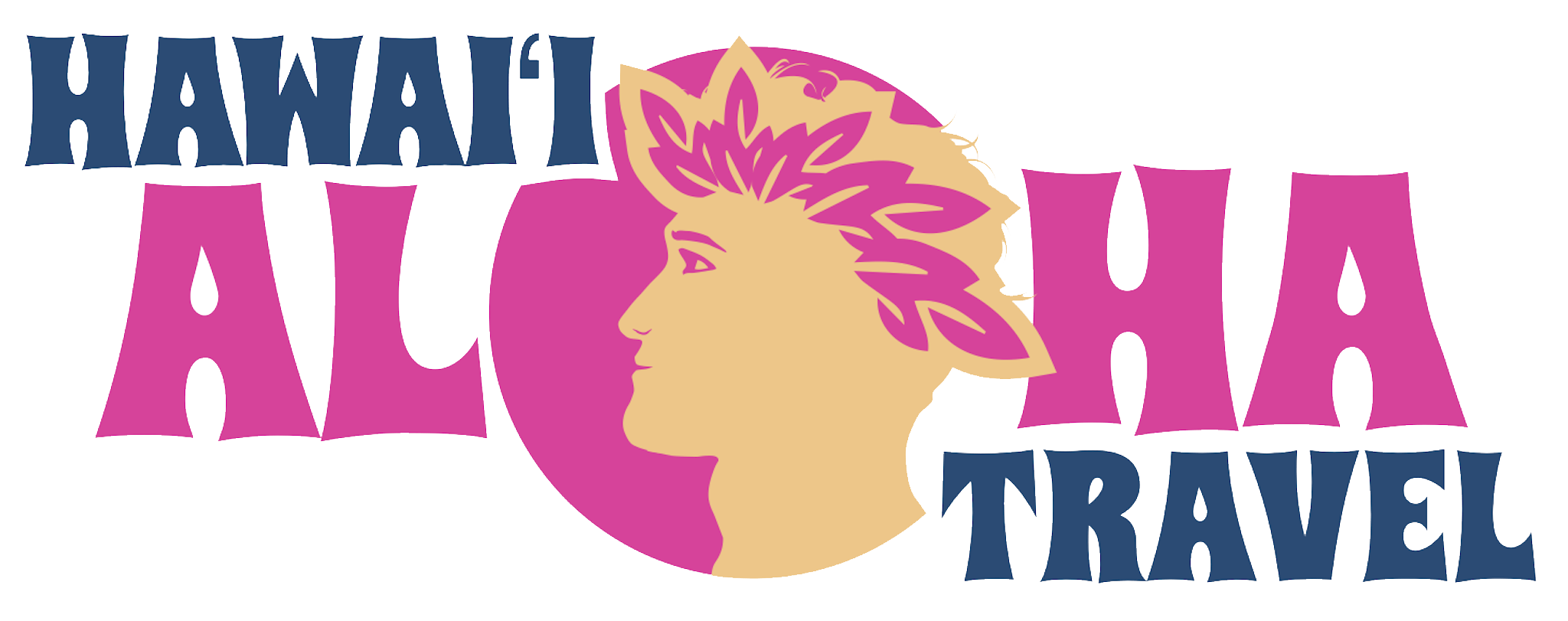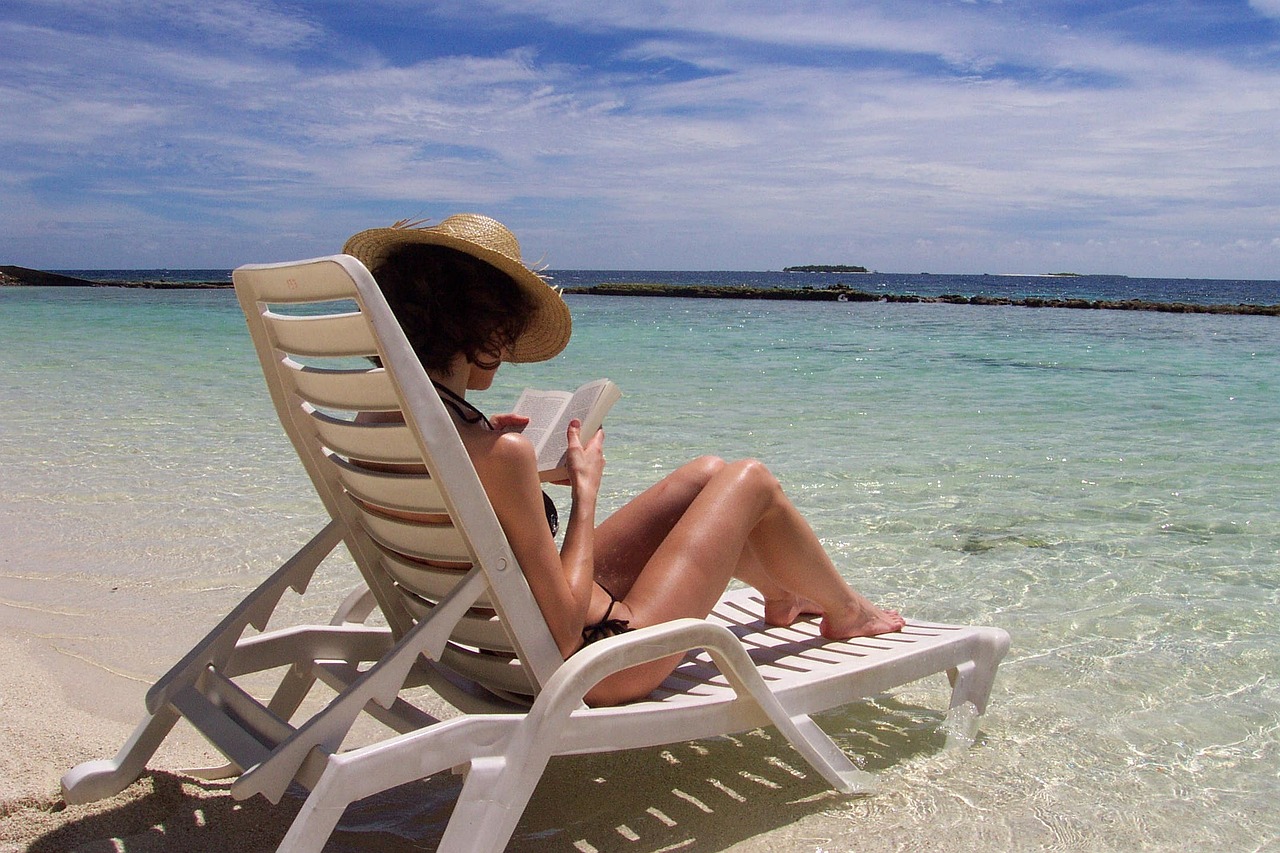Hawaii beaches are ranked seventh in beach water quality out of 30 states, according to a recent study by the National Resources Defense Council (NRDC). That’s great news and is even better when you look at the number of beaches in Hawaii. The study evaluated 467 beaches – all public by law. They stretch along nearly 300 miles of coastline.
National study takes a closer look at Hawaii’s beach water quality.
The NRDC looked at how many beaches showed water samples with pollution that exceed state standards, what sort of contamination caused each problem and how the state monitors all beaches. Overall, its report argues that “we need h3 policies to identify unsafe beach water quality and to clean up the major sources of beach pollution” to protect beach-goers from waterborne illness.
Only four percent of the samples in Hawaii exceeded national standards in 2011. That’s half the number in 2007. Twenty-two beaches had no samples that exceeded state standards during that year and another 41 had less than 10 percent. By far, the greatest number of beaches (396) reported 0 to 11 samples that exceeded standards. Only seven beaches fell into the 10 to 20 percent category and just one had over 20 percent. Nearly all of the contamination came from storm water runoff with less than one percent coming from sewage spills or leaks.
How the islands ranked
Beaches in Kauai County (the island of Kauai) had the highest rate of polluted samples at nine percent. The beach with what the report calls the “highest percent exceedance rate of the state standard” (whew!) was Hanalei Beach Park (22%), followed by Kalihiwai Bay (20%), Kee Beach (18%), Nawiliwili Harbor (13%) and Lumahai Beach (13%).
The report singles out two areas on Kauai that are receiving special attention in 2012: Nawiliwili Bay and Hanalei Bay. The state Department of Health is working with Stanford University and the U.S. Geological Survey to identify the source of bacteria in the waters of Nawiliwili. As part of that project, the Kauai chapter of the Surfrider Foundation is helping to take samples in the Hanalei Bay watershed.
Volunteers team up with the state to help clean up Hawaii’s beaches.
Hawaii County (the Big Island of Hawaii) was second with four percent of its beaches reporting that samples exceeded state standards. Honolii Beach Park (16%) and Pelekane Bay (13%) had the most reported incidents. Oahu and Maui were both tied as having the lowest.
All eyes are now on Maui’s Lahaina Wastewater Reclamation Facility. The report suggests that some of the wastewater being treated through injection wells is making its way into the ocean. The Clean Water Branch and the University of Hawaii have begun collecting samples monthly that are analyzed to detect the source of bacterial contamination.
The bottom line
The state does not have the authority to close beaches; instead it issues warnings. This may be a warning of excessive bacteria or that a sewage spill has occurred. Or it may be an advisory that storm run off is expected due to heavy rains. These are called “Brown Water Advisories” – they are reported by news media and posted online. You can also check out the NRDC’s report online (https://www.nrdc.org/water/oceans/ttw/hi.asp) for a list of Hawaii beaches, along with the exact percentage of pollution, how often it’s monitored and the number of closing or advisory days. The map provided is also helpful if you’re interested in visiting them.
The bottom line? The water in most Hawaii beaches is in really great shape! Also, the beaches that report the most pollutants are those especially impacted by storm water runoff so are easily avoided when an advisory is posted. Hawaii works hard to keep you safe by monitoring, warning and remedying problem areas. It is important, however, to heed advisories and stay out of the water even if it’s a day you had planned to kayak or finally learn to surf.




